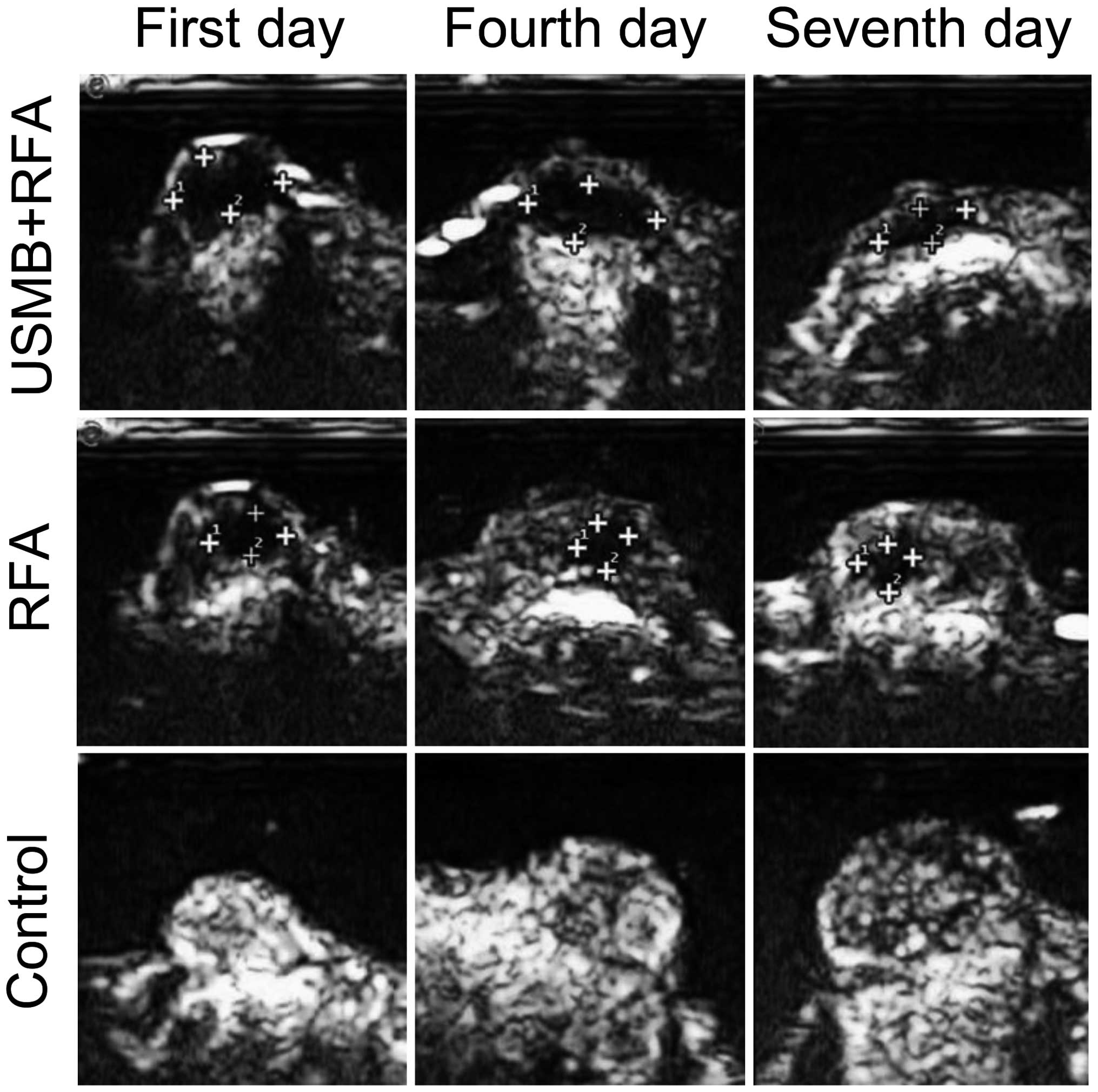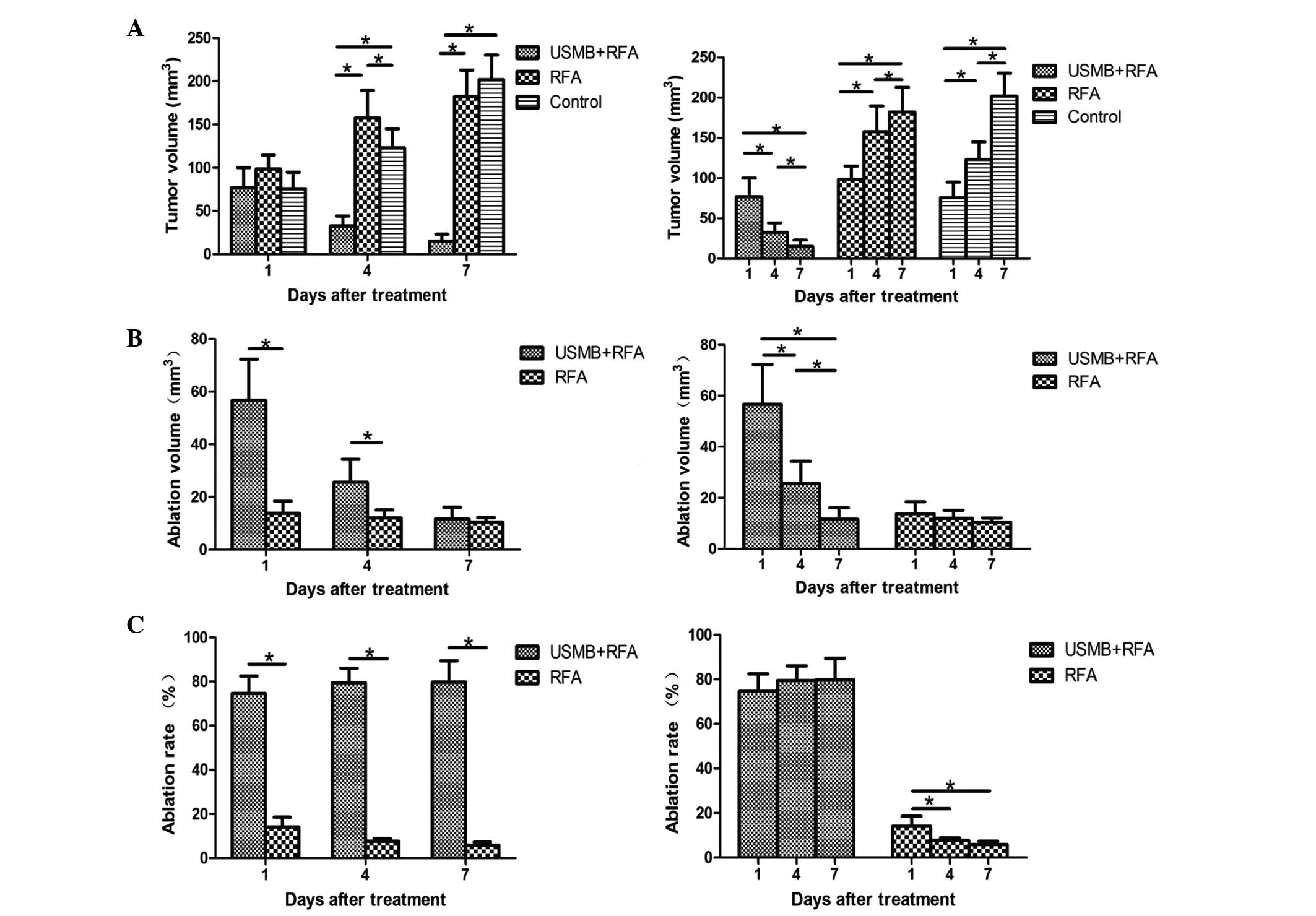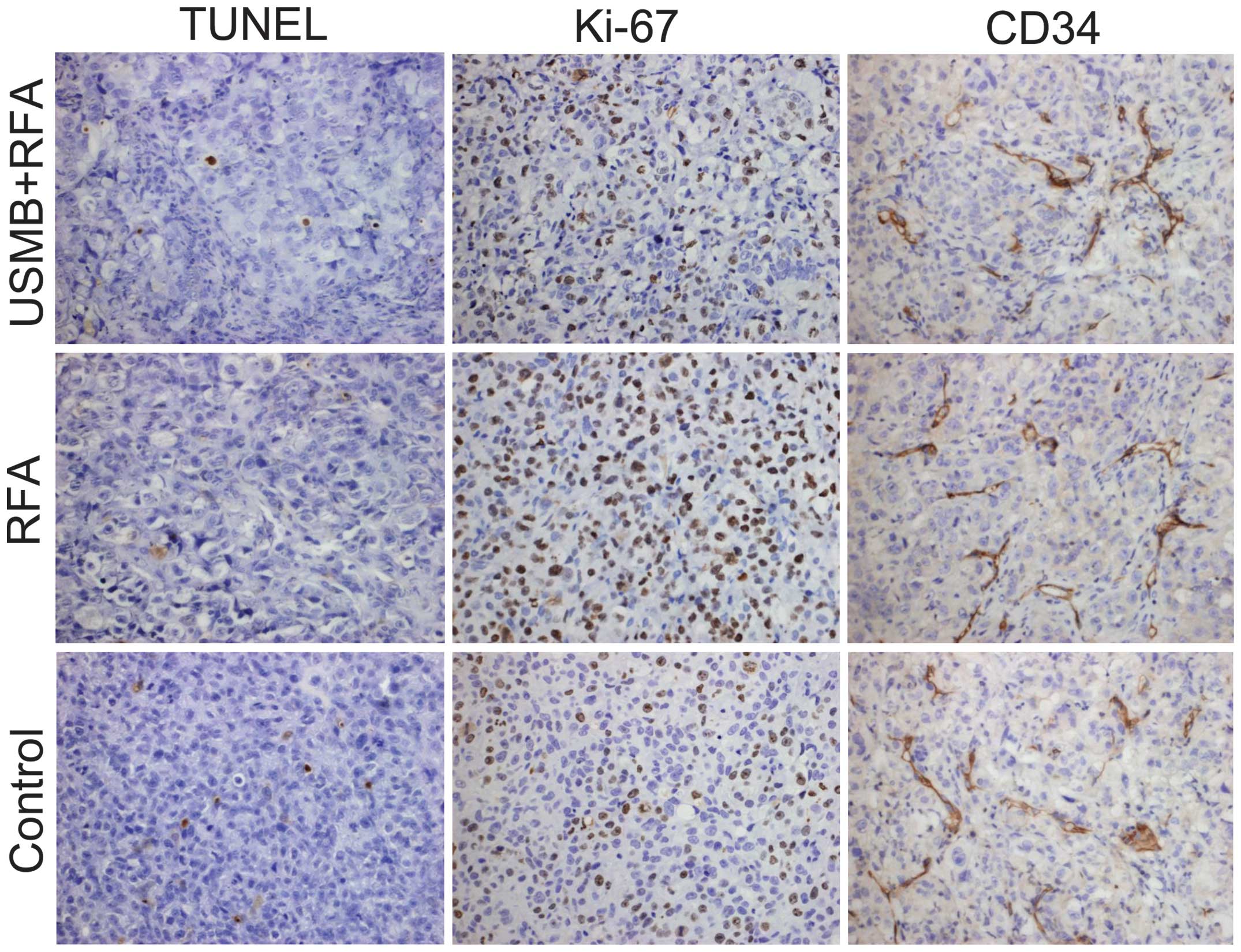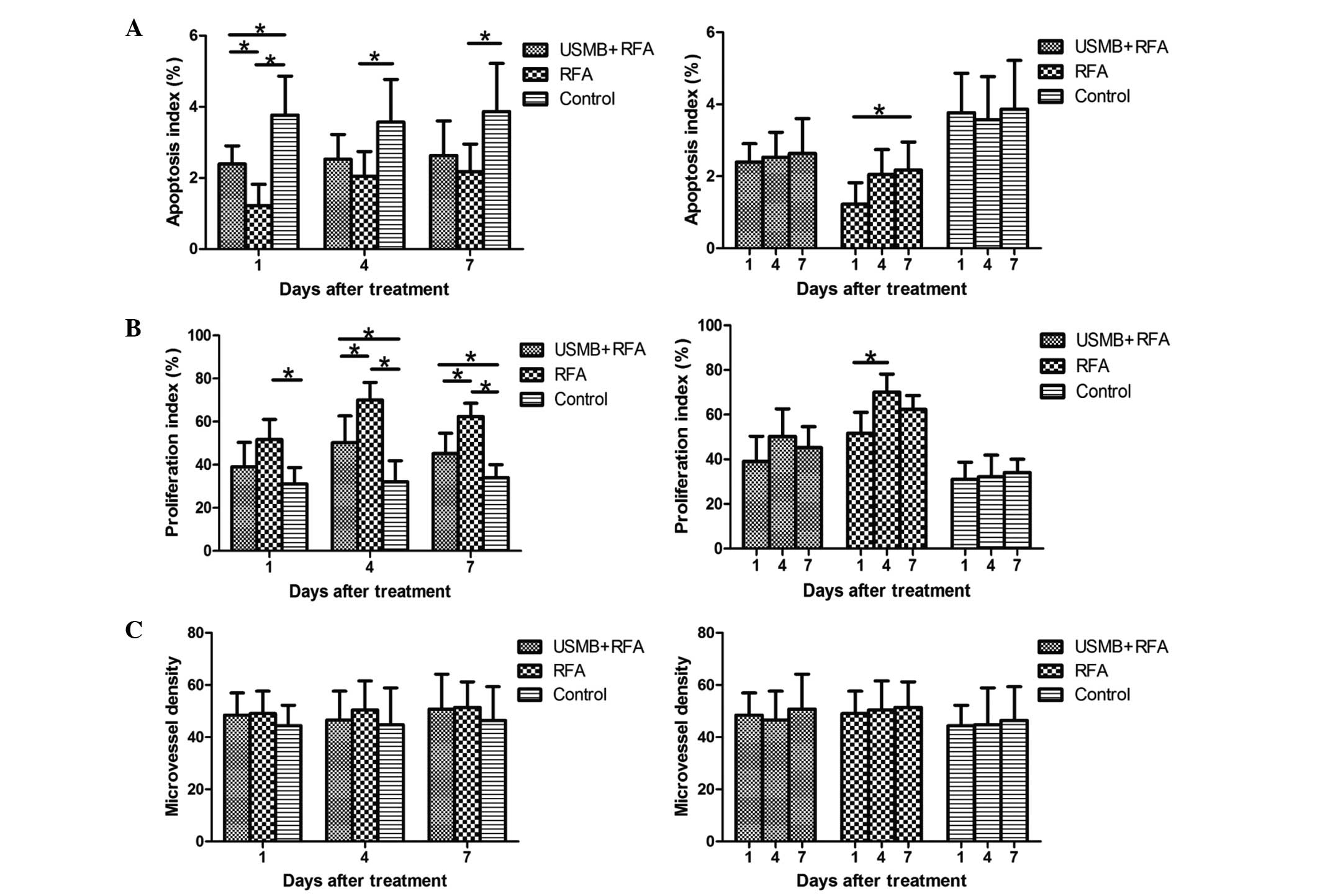|
1
|
Siegel R, Ma J, Zou Z and Jemal A: Cancer
statistics, 2014. CA Cancer J Clin. 64:9–29. 2014. View Article : Google Scholar : PubMed/NCBI
|
|
2
|
Fung-Kee-Fung SD, Porten SP, Meng MV and
Kuettel M: The role of active surveillance in the management of
prostate cancer. J Natl Compr Canc Netw. 11:183–187.
2013.PubMed/NCBI
|
|
3
|
Goldberg AA, Titorenko VI, Beach A and
Sanderson JT: Bile acids induce apoptosis selectively in
androgen-dependent and -independent prostate cancer cells. PeerJ.
1:e1222013. View Article : Google Scholar : PubMed/NCBI
|
|
4
|
Pienta KJ and Smith DC: Advances in
prostate cancer chemotherapy: A new era begins. CA Cancer J Clin.
55:300–318; quiz 323–325. 2005. View Article : Google Scholar : PubMed/NCBI
|
|
5
|
Penson DF: Quality of life after therapy
for localized prostate cancer. Cancer J. 13:318–326. 2007.
View Article : Google Scholar : PubMed/NCBI
|
|
6
|
Bul M, Zhu X, Valdagni R, Pickles T,
Kakehi Y, Rannikko A, Bjartell A, van der Schoot DK, Cornel EB,
Conti GN, et al: Active surveillance for low-risk prostate cancer
worldwide: the PRIAS study. Eur Urol. 63:597–603. 2013. View Article : Google Scholar
|
|
7
|
Bozzini G, Colin P, Nevoux P, Villers A,
Mordon S and Betrouni N: Focal therapy of prostate cancer: Energies
and procedures. Urol Oncol. 31:155–167. 2013. View Article : Google Scholar
|
|
8
|
Djavan B, Zlotta AR, Susani M, Heinz G,
Shariat S, Silverman DE, Schulman CC and Marberger M: Transperineal
radiofrequency interstitial tumor ablation of the prostate:
Correlation of magnetic resonance imaging with histopathologic
examination. Urology. 50:986–992. 1997. View Article : Google Scholar
|
|
9
|
Yoon SK, Choi JC, Cho JH, Oh JY, Nam KJ,
Jung SI, Kwon HC, Kim DC and Rha SH: Radiofrequency ablation of
renal VX2 tumors with and without renal artery occlusion in a
rabbit model: Feasibility, therapeutic efficacy and safety.
Cardiovasc Intervent Radiol. 32:1241–1246. 2009. View Article : Google Scholar : PubMed/NCBI
|
|
10
|
Morimoto M, Sugimori K, Shirato K, Kokawa
A, Tomita N, Saito T, Tanaka N, Nozawa A, Hara M, Sekihara H, et
al: Treatment of hepatocellular carcinoma with radiofrequency
ablation: Radiologic-histologic correlation during follow-up
periods. Hepatology. 35:1467–1475. 2002. View Article : Google Scholar : PubMed/NCBI
|
|
11
|
Mostafa EM, Ganguli S, Faintuch S, Mertyna
P and Goldberg SN: Optimal strategies for combining transcatheter
arterial chemoembolization and radiofrequency ablation in rabbit
VX2 hepatic tumors. J Vasc Interv Radiol. 19:1740–1748. 2008.
View Article : Google Scholar : PubMed/NCBI
|
|
12
|
Lee IJ, Kim YI, Kim KW, Kim DH, Ryoo I,
Lee MW and Chung JW: Radiofrequency ablation combined with
transcatheter arterial embolisation in rabbit liver: investigation
of the ablation zone according to the time interval between the two
therapies. Br J Radiol. 85:e987–e994. 2012. View Article : Google Scholar : PubMed/NCBI
|
|
13
|
Chang I, Mikityansky I, Wray-Cahen D,
Pritchard WF, Karanian JW and Wood BJ: Effects of perfusion on
radiofrequency ablation in swine kidneys. Radiology. 231:500–505.
2004. View Article : Google Scholar : PubMed/NCBI
|
|
14
|
Kroeze SG, van Melick HH, Nijkamp MW,
Kruse FK, Kruijssen LW, van Diest PJ, Bosch JL and Jans JJ:
Incomplete thermal ablation stimulates proliferation of residual
renal carcinoma cells in a translational murine model. BJU Int.
110:E281–E286. 2012. View Article : Google Scholar : PubMed/NCBI
|
|
15
|
Hwang JH, Brayman AA, Reidy MA, Matula TJ,
Kimmey MB and Crum LA: Vascular effects induced by combined 1-MHz
ultrasound and microbubble contrast agent treatments in vivo.
Ultrasound Med Biol. 31:553–564. 2005. View Article : Google Scholar : PubMed/NCBI
|
|
16
|
Wood AK, Bunte RM, Price HE, Deitz MS,
Tsai JH, Lee WM and Sehgal CM: The disruption of murine tumor
neovasculature by low-intensity ultrasound-comparison between 1-
and 3-MHz sonication frequencies. Acad Radiol. 15:1133–1141. 2008.
View Article : Google Scholar : PubMed/NCBI
|
|
17
|
Liu Z, Gao S, Zhao Y, Li P, Liu J, Li P,
Tan K and Xie F: Disruption of tumor neovasculature by microbubble
enhanced ultrasound: A potential new physical therapy of
anti-angiogenesis. Ultrasound Med Biol. 38:253–261. 2012.
View Article : Google Scholar
|
|
18
|
Shen ZY, Shen E, Diao XH, Bai WK, Zeng MX,
Luan YY, Nan SL, Lin YD, Wei C, Chen L, et al: Inhibitory effects
of subcutaneous tumors in nude mice mediated by low-frequency
ultrasound and microbubbles. Oncol Lett. 7:1385–1390.
2014.PubMed/NCBI
|
|
19
|
Wang Y, Hu B, Diao X and Zhang J:
Antitumor effect of micro-bubbles enhanced by low frequency
ultrasound cavitation on prostate carcinoma xenografts in nude
mice. Exp Ther Med. 3:187–191. 2012.PubMed/NCBI
|
|
20
|
Yang Y, Bai W, Chen Y, Nan S, Lin Y and Hu
B: Low-frequency low-intensity ultrasound mediated microvessel
disruption combined with docetaxel to treat prostate carcinoma
xenografts in nude mice: A new type of chemoembolization. Oncol
Lett. In press.
|
|
21
|
Yang Y, Bai W, Chen Y, Lin Y and Hu B:
Optimization of low-frequency low-intensity ultrasound mediated
microvessel disruption on prostate cancer xenografts in nude mice
by orthogonal experimental design. Oncol Lett. In press.
|
|
22
|
Djavan B, Zlotta AR, Susani M, Heinz G,
Shariat S, Silverman DE, Schulman CC and Marberger M: Transperineal
radiofrequency interstitial tumor ablation of the prostate:
correlation of magnetic resonance imaging with histopathologic
examination. Urology. 50:986–983. 1997. View Article : Google Scholar
|
|
23
|
McGahan JP, Griffey SM, Budenz RW and
Brock JM: Percutaneous ultrasound-guided radiofrequency
electrocautery ablation of prostate tissue in dogs. Acad Radiol.
2:61–65. 1995. View Article : Google Scholar : PubMed/NCBI
|
|
24
|
Nakasone Y, Ikeda O, Kawanaka K, Yokoyama
K and Yamashita Y: Radiofrequency ablation in a porcine kidney
model: Effect of occlusion of the arterial blood supply on ablation
temperature, coagulation diameter and histology. Acta Radiol.
53:852–856. 2012. View Article : Google Scholar : PubMed/NCBI
|
|
25
|
Duan X, Zhou G, Zheng C, Liang H, Liang B,
Song S and Feng G: Heat shock protein 70 expression and effect of
combined trans-catheter arterial embolization and radiofrequency
ablation in the rabbit VX2 liver tumour model. Clin Radiol.
69:186–193. 2014. View Article : Google Scholar
|
|
26
|
Levenback BJ, Sehgal CM and Wood AK:
Modeling of thermal effects in antivascular ultrasound therapy. J
Acoust Soc Am. 131:540–549. 2012. View Article : Google Scholar : PubMed/NCBI
|
|
27
|
Wu F, Chen WZ, Bai J, Zou JZ, Wang ZL, Zhu
H and Wang ZB: Tumor vessel destruction resulting from
high-intensity focused ultrasound in patients with solid
malignancies. Ultrasound Med Biol. 28:535–542. 2002. View Article : Google Scholar : PubMed/NCBI
|
|
28
|
Wood AK, Ansaloni S, Ziemer LS, Lee WM,
Feldman MD and Sehgal CM: The antivascular action of physiotherapy
ultrasound on murine tumors. Ultrasound Med Biol. 31:1403–1410.
2005. View Article : Google Scholar : PubMed/NCBI
|
|
29
|
Chen H, Brayman AA, Bailey MR and Matula
TJ: Blood vessel rupture by cavitation. Urol Res. 38:321–326. 2010.
View Article : Google Scholar : PubMed/NCBI
|
|
30
|
Ahmadi F, McLoughlin IV, Chauhan S and
ter-Haar G: Bio-effects and safety of low-intensity, low-frequency
ultrasonic exposure. Prog Biophys Mol Biol. 108:119–138. 2012.
View Article : Google Scholar : PubMed/NCBI
|
|
31
|
Polat BE, Hart D, Langer R and
Blankschtein D: Ultrasound-mediated transdermal drug delivery:
Mechanisms, scope and emerging trends. J Control Release.
152:330–348. 2011. View Article : Google Scholar : PubMed/NCBI
|
|
32
|
Carvell KJ and Bigelow TA: Dependence of
optimal seed bubble size on pressure amplitude at therapeutic
pressure levels. Ultrasonics. 51:115–122. 2011. View Article : Google Scholar
|
|
33
|
Stride EP and Coussios CC: Cavitation and
contrast: The use of bubbles in ultrasound imaging and therapy.
Proc Inst Mech Eng H. 224:171–191. 2010. View Article : Google Scholar : PubMed/NCBI
|
|
34
|
Hosseinkhah N and Hynynen K: A
three-dimensional model of an ultrasound contrast agent gas bubble
and its mechanical effects on microvessels. Phys Med Biol.
57:785–808. 2012. View Article : Google Scholar : PubMed/NCBI
|
|
35
|
VanBavel E: Effects of shear stress on
endothelial cells: Possible relevance for ultrasound applications.
Prog Biophys Mol Biol. 93:374–383. 2007. View Article : Google Scholar
|
|
36
|
Dayton P, Klibanov A, Brandenburger G and
Ferrara K: Acoustic radiation force in vivo: A mechanism to assist
targeting of microbubbles. Ultrasound Med Biol. 25:1195–1201. 1999.
View Article : Google Scholar : PubMed/NCBI
|
|
37
|
Basta G, Venneri L, Lazzerini G, Pasanisi
E, Pianelli M, Vesentini N, Del Turco S, Kusmic C and Picano E: In
vitro modulation of intracellular oxidative stress of endothelial
cells by diagnostic cardiac ultrasound. Cardiovasc Res. 58:156–161.
2003. View Article : Google Scholar : PubMed/NCBI
|
|
38
|
Chen H, Brayman AA, Kreider W, Bailey MR
and Matula TJ: Observations of translation and jetting of
ultrasound-activated microbubbles in mesenteric microvessels.
Ultrasound Med Biol. 37:2139–2148. 2011. View Article : Google Scholar : PubMed/NCBI
|
|
39
|
Coralic V and Colonius T: Shock-induced
collapse of a bubble inside a deformable vessel. Eur J Mech B
Fluids. 40:64–74. 2013. View Article : Google Scholar : PubMed/NCBI
|
|
40
|
Chen H, Kreider W, Brayman AA, Bailey MR
and Matula TJ: Blood vessel deformations on microsecond time scales
by ultrasonic cavitation. Phys Rev Lett. 106:0343012011. View Article : Google Scholar : PubMed/NCBI
|
|
41
|
Gao F, Xiong C and Xiong Y: Constrained
oscillation of a bubble subjected to shock wave in microvessel.
Prog Nat Sci. 19:1109–1117. 2009. View Article : Google Scholar
|
|
42
|
Ke S, Ding XM, Kong J, Gao J, Wang SH,
Cheng Y and Sun WB: Low temperature of radiofrequency ablation at
the target sites can facilitate rapid progression of residual
hepatic VX2 carcinoma. J Transl Med. 8:732010. View Article : Google Scholar : PubMed/NCBI
|
|
43
|
Nijkamp MW, van der Bilt JD, de Bruijn MT,
Molenaar IQ, Voest EE, van Diest PJ, Kranenburg O and Borel Rinkes
IH: Accelerated perinecrotic outgrowth of colorectal liver
metastases following radiofrequency ablation is a hypoxia-driven
phenomenon. Ann Surg. 249:814–823. 2009. View Article : Google Scholar : PubMed/NCBI
|
|
44
|
Ruan K, Song G and Ouyang G: Role of
hypoxia in the hallmarks of human cancer. J Cell Biochem.
107:1053–1062. 2009. View Article : Google Scholar : PubMed/NCBI
|













